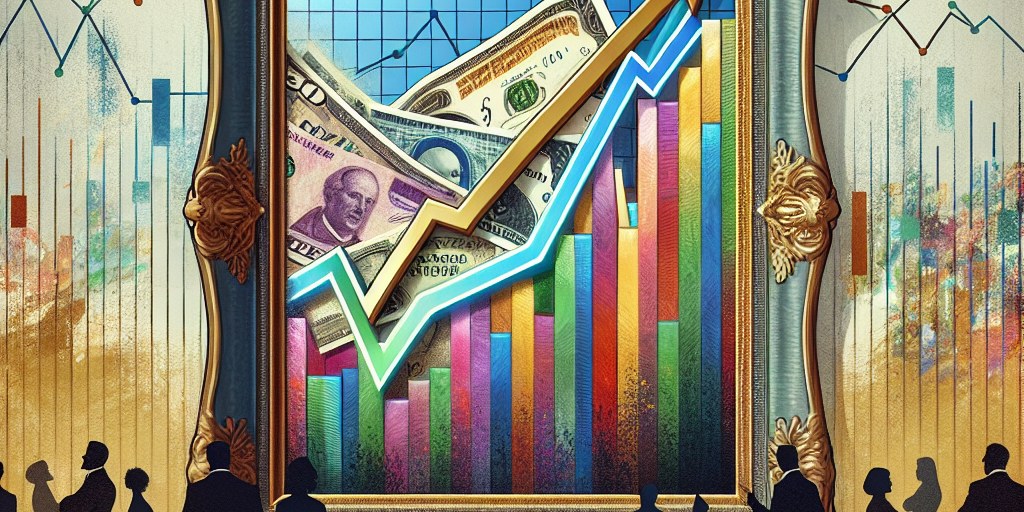Art has long been considered a valuable investment for those looking to diversify their portfolios and potentially increase their wealth over time. While investing in art can be lucrative, it can also be complicated and risky if not approached with caution and expertise. Here are some tips for maximizing your returns and achieving success in the world of art investments.
1. Do Your Research: Before diving into the world of art investment, take the time to educate yourself on the market trends, artists, galleries, and auction houses. Familiarize yourself with the different art movements, styles, and mediums to ensure you are making informed decisions when purchasing art.
2. Set a Budget: Like any investment, it’s important to set a budget and stick to it. Determine how much capital you are willing to invest in art and create a plan for how you will allocate your funds across different pieces. It’s also essential to consider additional costs such as insurance, storage, and maintenance of your art collection.
3. Diversify Your Portfolio: Just like with traditional investments, diversifying your art portfolio can help mitigate risk and maximize returns. Consider investing in a mix of emerging artists, established artists, different mediums, and styles to hedge against market fluctuations.
4. Build Relationships: Cultivating relationships with artists, galleries, and collectors can provide you with valuable insights and opportunities in the art market. Attend art fairs, exhibitions, and auctions to network with key players in the industry and learn about new trends and emerging talents.
5. Seek Expert Advice: If you’re new to art investing or don’t have the time to dedicate to researching the market, consider working with a professional art advisor or consultant. They can provide you with guidance on which pieces to invest in, negotiate prices on your behalf, and help you build a robust art collection.
6. Keep an Eye on the Market: Stay informed on market trends, auction results, and new developments in the art world. Subscribe to art publications, follow art blogs, and attend industry events to stay up to date on the latest news and opportunities in the market.
7. Take a Long-Term Perspective: Like any investment, art investments should be viewed with a long-term perspective. Art values can fluctuate over time, so it’s important to be patient and hold onto your investments for the long haul to maximize your returns.
Investing in art can be a rewarding and profitable endeavor if approached with caution, research, and expertise. By following these tips for successful art investments, you can maximize your returns and build a valuable art collection that will continue to appreciate in value over time.







